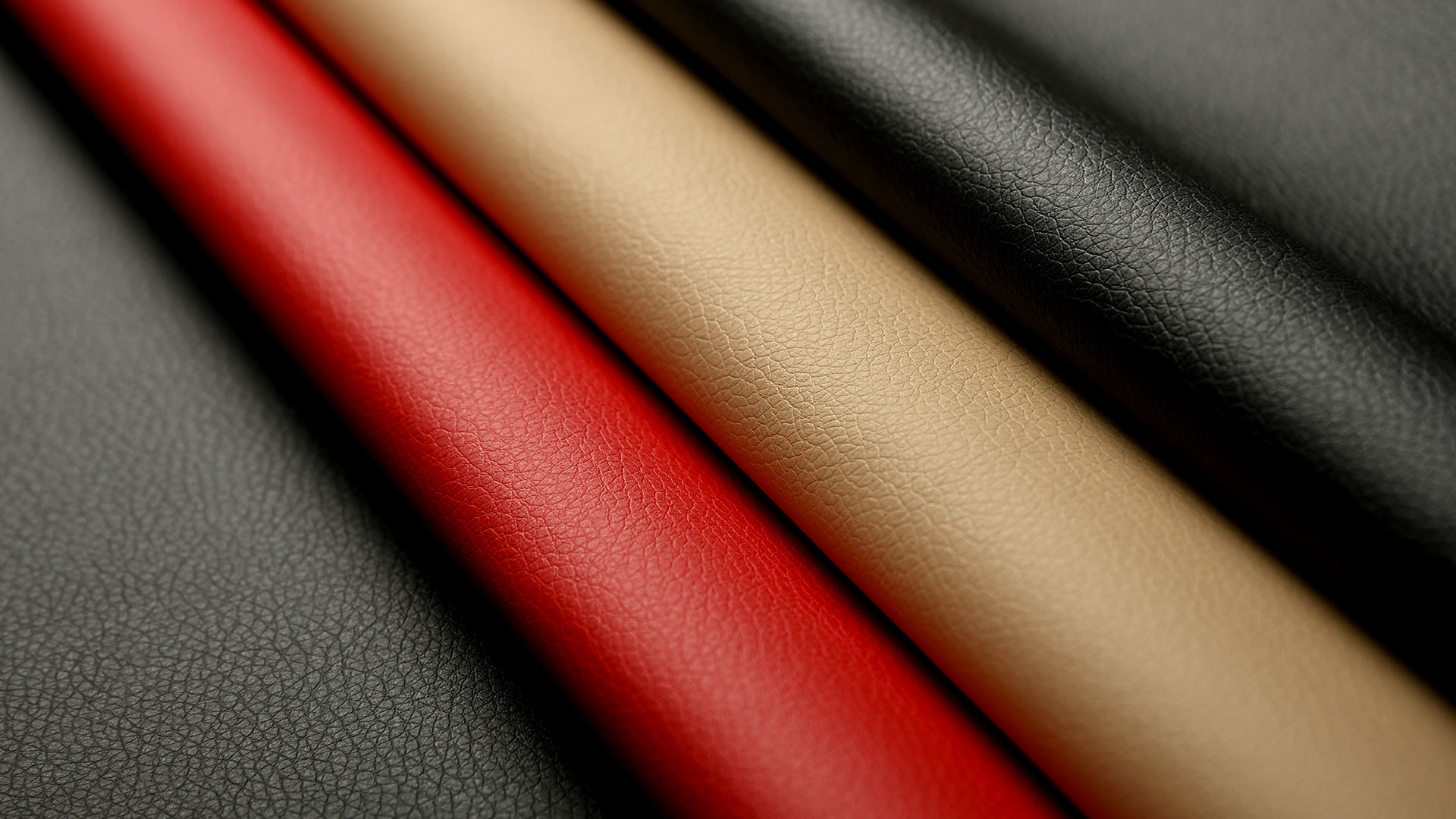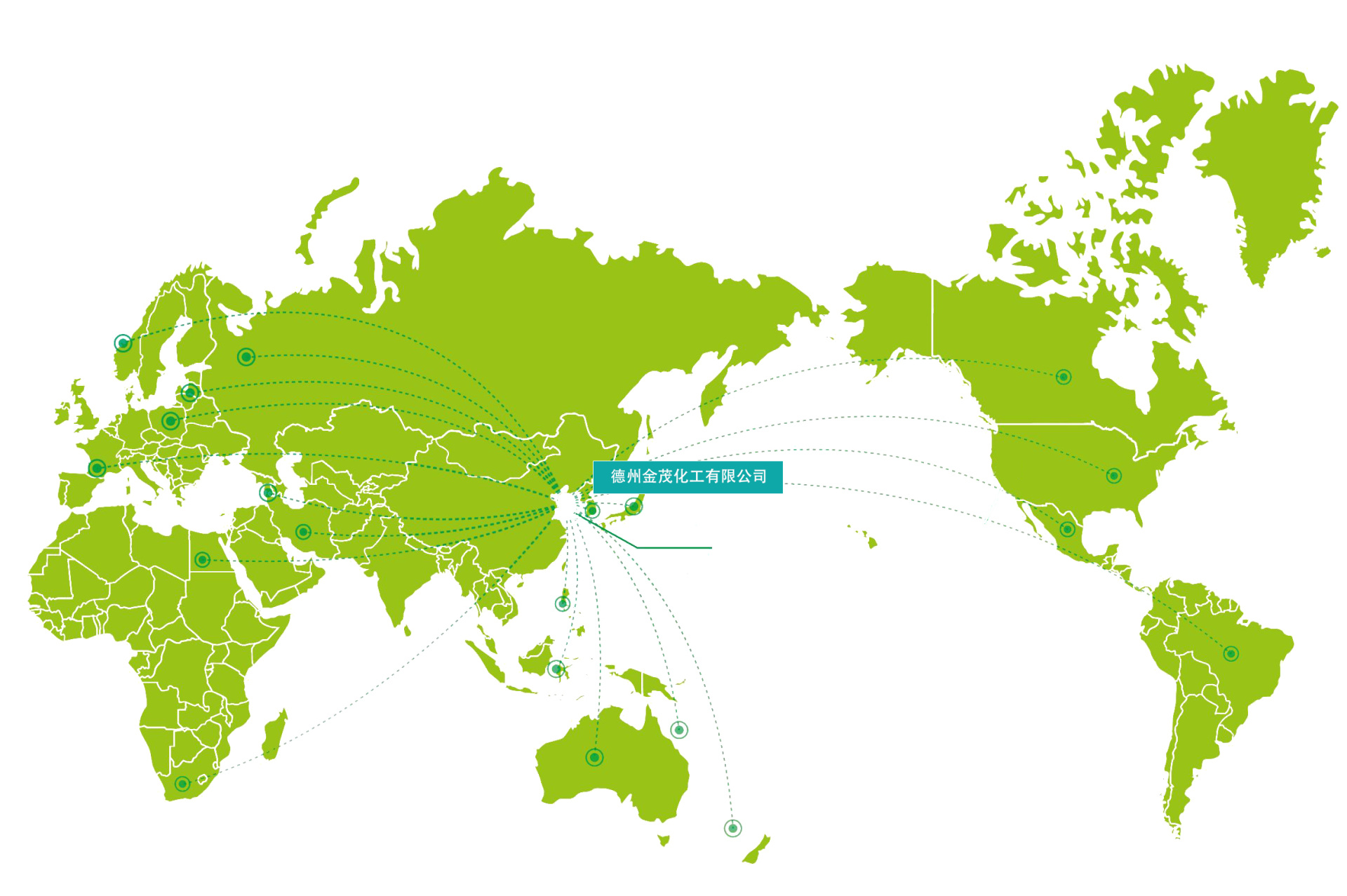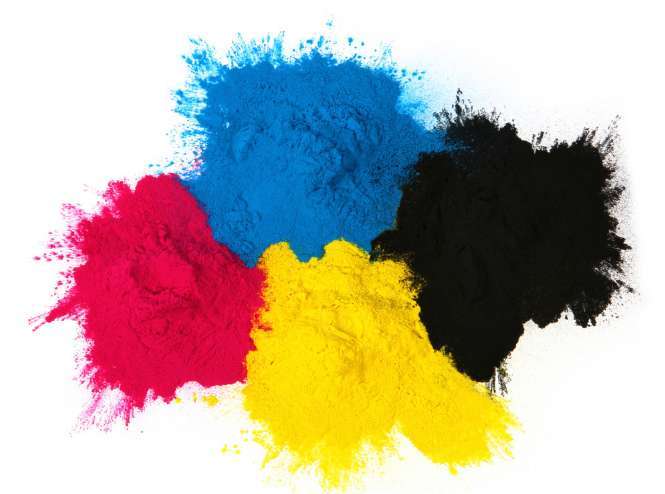[Textile Knowledge] Methods for Improving the Solubility of Acid Dyes

Acid dyes, direct dyes, and reactive dyes are all water-soluble dyes, with production in 2001 being 30,000 tons, 20,000 tons, and 45,000 tons respectively. However, for a long time, our country's dye enterprises have focused more on the development and research of new structural dyes, while the research on post-processing of dyes has been relatively weak. Common standardized reagents for water-soluble dyes include sodium sulfate (mordant), dextrin, starch derivatives, sucrose, urea, naphthalene formaldehyde sulfonate, etc. These standardized reagents are mixed with the original dye in proportion to obtain the desired strength of the product, but they do not meet the needs of different dyeing processes in the printing and dyeing industry. Although the aforementioned dye diluents are relatively low in cost, their wettability and water solubility are poor, making it difficult to adapt to the demands of the international market, and they can only be exported as original dyes. Therefore, in the commercialization of water-soluble dyes, the wettability and water solubility of the dyes are urgent issues that need to be resolved, which must rely on corresponding additives.
Wettability treatment of dyes
In a broad sense, wetting is a process where one fluid (which should be a gas) is replaced by another fluid. Specifically, the interface of powdered or granular substances should be a gas/solid interface, and the process of wetting occurs when a liquid (water) replaces the gas on the surface of the particles. Thus, wetting is a physical process between substances at their surfaces. In the post-processing of dyes, wettability often plays an important role, as dyes are generally processed into solid forms, such as powders or granules, and require wetting during use. Therefore, the quality of dye wettability directly affects the application effect. For example, during the dissolution process, it is undesirable for dyes to float on the water surface due to poor wettability. With the continuous improvement of quality requirements for dyes today, wettability has become one of the indicators for measuring dye quality. The surface tension of water at 20°C is 72.75 mN/m, which decreases with increasing temperature, while the surface tension of solids remains relatively unchanged, generally below 100 mN/m. Typically, metals and their oxides, as well as inorganic salts, are easily wetted, referred to as high surface energy. The surface energy of solid organic compounds and polymers is comparable to that of general liquid surface energy, referred to as low surface energy, but it changes with the size of solid particles and the degree of porosity. The smaller the particle size and the greater the degree of porosity, the higher the surface energy, which depends on the matrix. Therefore, the particle size of dyes must be small, and after various commercial processing methods such as salting out and grinding, the particle size of the dye becomes finer, the crystallinity decreases, and the crystal phase changes, which increases the surface energy of the dye, facilitating wetting.
Solubility treatment of acid dyes
With the use of small bath ratios and continuous dyeing processes, the degree of automation in printing and dyeing has continuously increased, leading to the emergence of automatic fillers and paste preparation, and the introduction of liquid dyes, which require the formulation of high-concentration and high-stability dye solutions and printing pastes. However, currently, the solubility of acid, reactive, and direct dyes in domestic dye products is only around 100g/L, especially for acid dyes, where some varieties have solubility as low as 20g/L. The solubility of dyes is related to the molecular structure of the dyes; the larger the molecular weight and the fewer sulfonic acid groups, the lower the solubility; conversely, the higher it is. In addition, the commercialization processing of dyes is extremely important, including the crystallization method of the dye, grinding degree, particle size, and the addition of additives, all of which can affect the solubility of the dye. The easier the dye ionizes, the higher its solubility in water. However, traditional dye commercialization and standardization often involve the large addition of electrolytes, such as sodium sulfate and table salt. A large amount of Na+ in water reduces the solubility of the dye in water. Therefore, to improve the solubility of water-soluble dyes, the first step is not to add electrolytes to the commercial dyes.
Additives and solubility
(1) Alcohol compounds and urea-based cosolvents
Since water-soluble dyes contain a certain number of sulfonic acid and carboxylic acid groups, dye particles are easily dissociated in aqueous solution and carry a certain number of negative charges. When cosolvents containing hydrogen bond-forming groups are added, a hydrated ion protective layer forms on the surface of the dye ions, promoting the ionization and dissolution of the dye molecules to increase solubility. Commonly used polyols such as diglycol ether, thiodiglycol, polyethylene glycol, etc., serve as cosolvents for water-soluble dyes. They can form hydrogen bonds with the dye, creating a hydrated ion protective layer on the surface of the dye ions, preventing the aggregation of dye molecules and intermolecular interactions, thus promoting dye ionization and dissociation.
(2) Non-ionic surfactants
Adding a certain amount of non-ionic surfactants to the dye can weaken the binding forces within and between dye molecules, accelerating ionization, allowing dye molecules to form micelles in water, which have good dispersibility. Polar dyes form a network structure with the cosolvent molecules that make up the micelles, enhancing solubility, such as polyethylene glycol ethers or esters. However, if the cosolvent molecules lack strong hydrophobic groups, their dispersing and solubilizing effects on the micelles formed by the dye are weak, and the increase in solubility is not significant. Therefore, it is advisable to select solvents that can form hydrophobic bonds with the dye and contain aromatic rings. For example, alkylphenol polyethylene ether, polyethylene sorbitan esters, and other multi-alkyl phenol polyethylene ethers.
(3) Lignosulfonate dispersants
Dispersants have a significant impact on the solubility of dyes. Choosing the right dispersant based on the dye structure can greatly help improve dye solubility. In water-soluble dyes, dispersants play a role in preventing the mutual adsorption (van der Waals forces) and aggregation of dye molecules. Among dispersants, lignosulfonate is the most effective, and there has been research on this in the country.
Dispersed dyes do not contain strong hydrophilic groups, only weakly polar groups, so they have only weak hydrophilicity, resulting in very low actual solubility. Most dispersed dyes can only dissolve 0.1 to 10 mg/L in water at 25°C.
The solubility of dispersed dyes is related to the following factors:
Molecular structure
The solubility of dispersed dyes in water increases with the reduction of the hydrophobic part of the dye molecule and the increase of the hydrophilic part (the mass and quantity of polar groups). That is, dyes with relatively small molecular weights and more weakly polar groups such as -OH and -NH2 have higher solubility. Conversely, dyes with larger molecular weights and fewer weakly polar groups have lower solubility. For example, Disperse Red (I), with a molecular weight of 321, has a solubility of less than 0.1 mg/L at 25°C, while at 80°C, its solubility is 1.2 mg/L. Disperse Red (II), with a molecular weight of 352, has a solubility of 7.1 mg/L at 25°C and 240 mg/L at 80°C.
Dispersants
In powdered disperse dyes, the content of pure dye is generally 40% to 60%, with the remainder being dispersants, dust suppressants, protective agents, and sodium sulfate, among others. Among these, the proportion of dispersants is relatively large.
Dispersants (diffusion agents) not only encapsulate the fine crystalline particles of the dye into hydrophilic gel particles, stably dispersing them in water, but also form micelles after exceeding the critical micelle concentration, dissolving some of the tiny dye particles in the micelles, resulting in the so-called "solubilization" phenomenon, thereby increasing the solubility of the dye. Moreover, the better the quality of the dispersant and the higher the concentration, the greater its solubilizing effect.
It should be noted that the solubilizing effect of dispersants on disperse dyes of different structures varies significantly; the solubilizing effect of dispersants on disperse dyes decreases with increasing water temperature, which is contrary to the effect of water temperature on the solubility of disperse dyes themselves.
The hydrophobicity of the disperse dye's larger particles significantly improves its dispersion stability after forming hydrophilic gel particles with the dispersant. Moreover, these dye gel particles play a "supply" role during the dyeing process. When dye molecules in a dissolved state are adsorbed by fibers, the dye stored in the gel particles is released in a timely manner to maintain the dye's solubility balance.
The state of disperse dyes in the dispersion liquid.
1- Dispersant molecules
2- Dye microcrystals (solubilization)
3- Dispersant micelles
4- Dye monomers (dissolved)
5- Dye particles
6- Dispersant lipophilic groups
7- Dispersant hydrophilic groups
8- Sodium ions (Na+)
9- Aggregates of dye microcrystals
However, if the "binding force" between the dye and the dispersant is too strong, it can lead to a lag in the "supply" of dye monomers or a "supply shortage" phenomenon. This will directly reduce the dyeing rate and the percentage of dyeing balance, resulting in slow dyeing and light color.
It can be seen that when selecting and using dispersants, one should not only consider the stability of dye dispersion but also the impact on dyeing.
(3) Dyeing liquid temperature
The solubility of disperse dyes in water increases with rising water temperature. For example, the solubility of disperse yellow in water at 80°C is 18 times that at 25°C. The solubility of disperse red in water at 80°C is 33 times that at 25°C. The solubility of disperse blue in water at 80°C is 37 times that at 25°C. If the water temperature exceeds 100°C, the increase in solubility of disperse dyes is even greater.
It is particularly important to note that this solubility characteristic of disperse dyes can pose risks in practical applications. For instance, when the dyeing liquid is unevenly heated, the dyeing liquid at a higher temperature flows to a cooler area, and due to the drop in water temperature, the dyeing liquid becomes supersaturated, causing the dissolved dye to precipitate, leading to the growth of dye particles, a decrease in solubility, and a reduction in dyeing rate.
(4) Dye crystal form
Some disperse dyes exhibit a "polymorphic" phenomenon. That is, the same disperse dye can form several crystal forms due to different dispersion techniques during manufacturing, such as needle-like, rod-like, plate-like, granular, and block-like forms. During application, especially at 130°C dyeing, those less stable crystal forms will transform into more stable crystal forms.
It is worth noting that more stable crystal forms have higher solubility, while less stable crystal forms have relatively lower solubility. This directly affects the dyeing rate and percentage of dyeing.
(5) Particle size
Generally, smaller dye particles have higher solubility and better dispersion stability. Larger dye particles have lower solubility and relatively poorer dispersion stability.
Currently, the particle size of domestic disperse dyes is generally 0.5 to 2.0 μm (Note: for immersion dyeing, the required particle size is 0.5 to 1.0 μm).
Conclusion
In summary, there is still a certain gap between the technical level of dye production and application research in our country and that of developed countries. Therefore, while researching new structures of dyes, attention should also be paid to the post-processing of dye commercialization, continuously developing products with excellent application performance and good solubility, as well as post-processing technologies, thereby promoting the continuous advancement of our dye industry.
Latest developments







